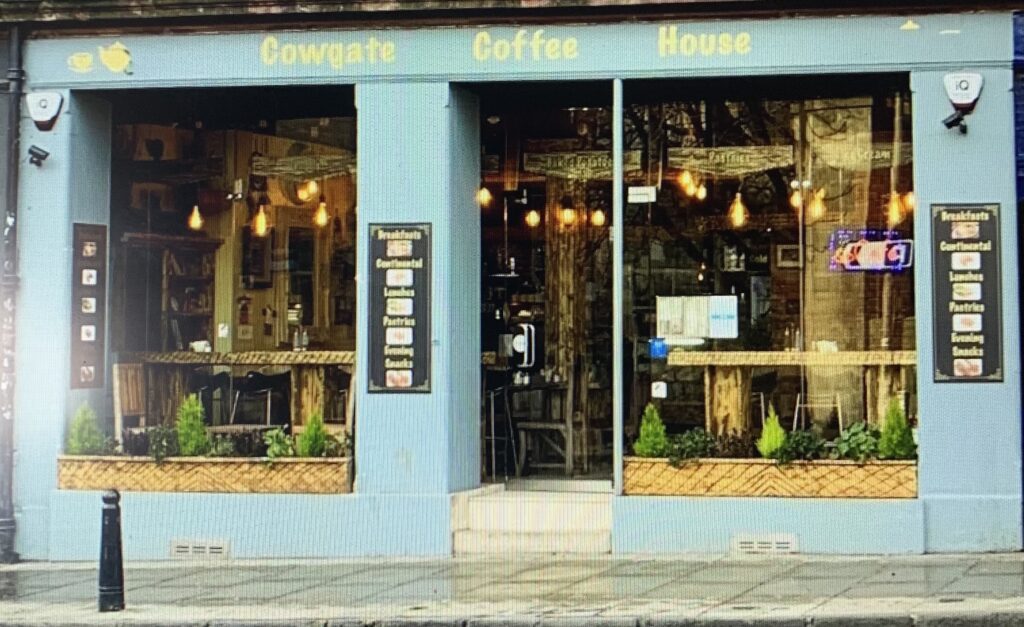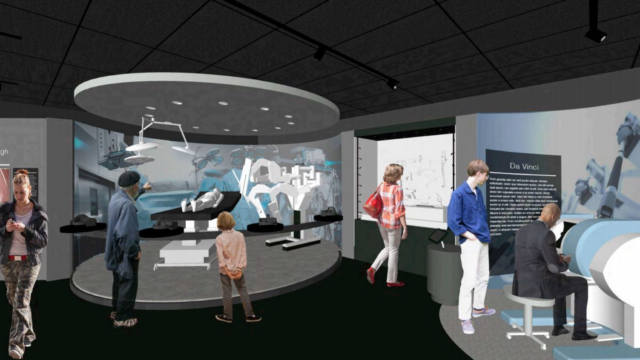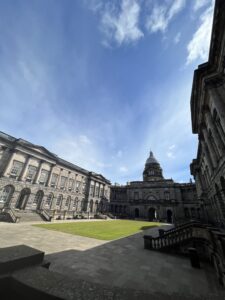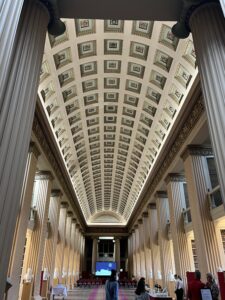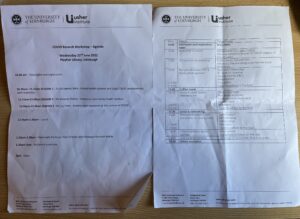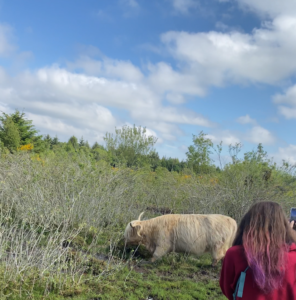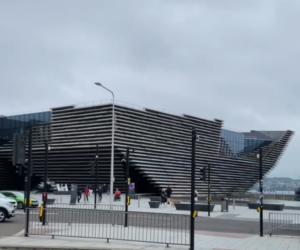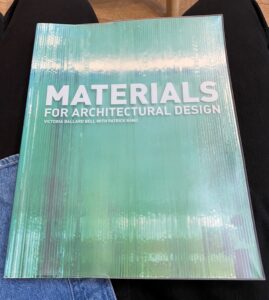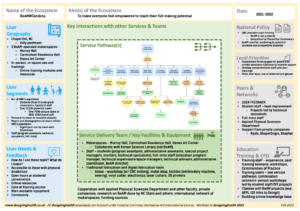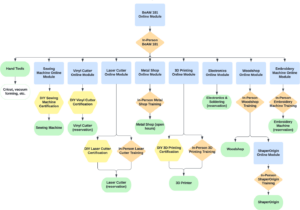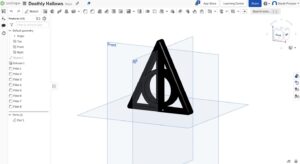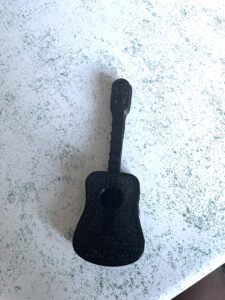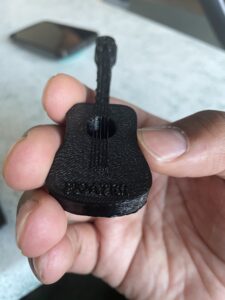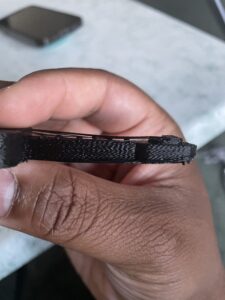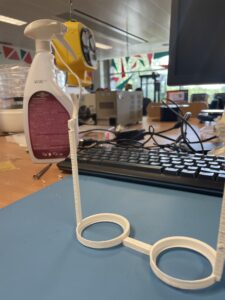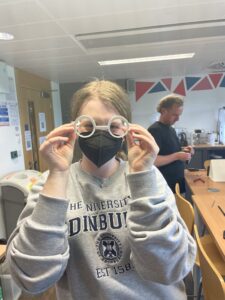Visiting Edinburgh, Scotland, was an eye opening experience for me filled with many situations that I would never have at home. Despite this daily sense of thrill and spontaneity, 2 things remained consistent each day. Every morning I would wake up and enjoy a cheap £3 coffee at Cowgate Coffee House, and every day I would leave Cowgate, head to the University, and learn about the NHS (the UK healthcare system). At first this seemed like simply a routine, however as the weeks passed and I learned more about the NHS, I started to notice similarities between the two daily events.
The UK prides itself on its free public healthcare system, much like how the owner of Cowgate boasts his perfectly brewed coffee and delicious breakfast pastries for relatively low prices. And rightfully so. The NHS is commonly referred to as one of the most cost effective systems in the world providing all citizens with quality healthcare with no upfront fees. On the other hand, the coffee shop is so attractive that I would often have to leave well before class to deal with lines out the door and no available seating.
The crowdedness of the Cowgate Coffee House on a daily basis speaks to its success, however with the Scottish NHS we weren’t sure. As part of our HNRS352 class, we wanted to gauge the popularity of the NHS among Scottish citizens by interviewing people off the streets of Edinburgh. We found generally positive reviews, with the overall consensus being that they would receive high quality healthcare and never had to worry about cost. This is because their system is funded through general taxation dependent on income. Paying through tax allows all UK citizens to access healthcare without the headache of post treatment medical bills.
With the NHS, the UK has effectively created a healthcare system that both provides affordable treatment to all of its citizens and is generally well liked and free of controversy. This achievement cannot be overstated as many countries (including our own) face mass conflict and political upheaval when deciding on a national healthcare system. While the NHS is not without flaws, it achieves the two main goals of any healthcare system: to provide healthcare to as many people as possible and to satisfy the country the best it can. So, if you ever find yourself living in the UK, know that you will have access to affordable, quality healthcare. And of course, when in Edinburgh, be sure to visit the Coffee House on Cowgate.
